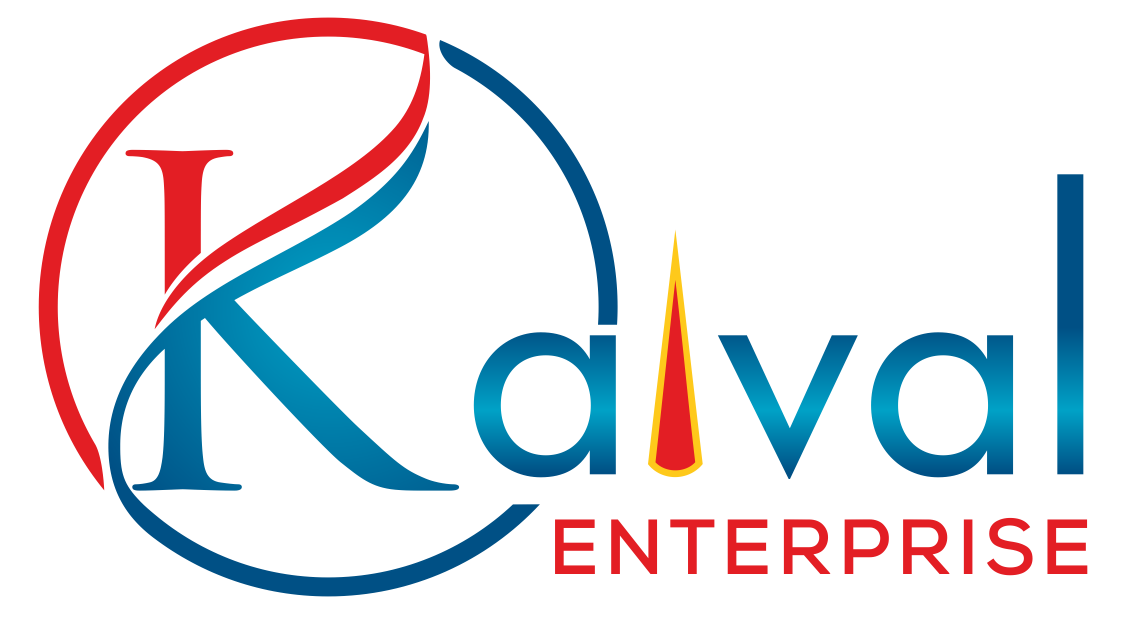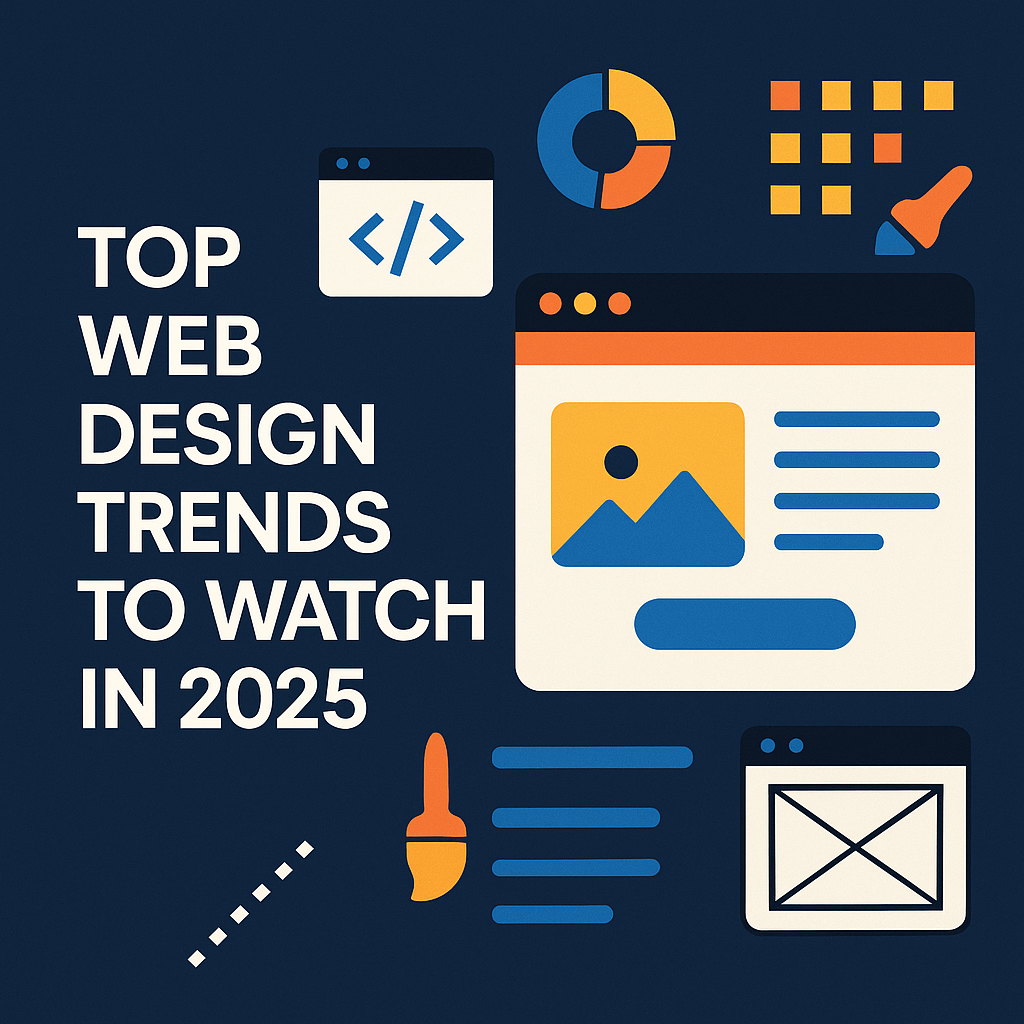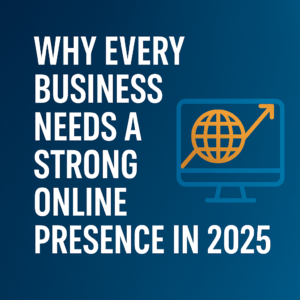Top Web Design Trends to Watch in 2025
Explore the modern design techniques shaping the future of the web.
The world of web design is constantly evolving, and 2025 is no exception. With rapid advancements in technology, shifting user expectations, and a growing demand for immersive online experiences, web design is moving toward a more intelligent, interactive, and inclusive future. From AI-powered interfaces to sustainable design practices, here’s a look at the top trends set to dominate web design in 2025.
One of the most exciting developments is the rise of scroll-driven animations. These interactive storytelling techniques are turning traditional websites into engaging, cinematic experiences. Instead of passively reading content, users are guided through a visual journey, where each scroll reveals new elements—be it text, imagery, or transitions. It’s all about keeping users engaged and curious.
Glassmorphism and Soft UI are continuing their rise, blending sleek transparency effects with gentle shadows and minimal outlines. This “frosted glass” effect not only looks futuristic but also enhances focus and usability, especially when paired with light, pastel-themed interfaces. It brings a sense of elegance and calm to digital platforms.
Artificial intelligence is stepping up in web design, particularly in the realm of personalized experiences. Websites now adapt to user preferences in real-time—whether it's content recommendations, layout shifts, or adaptive color schemes. By harnessing AI, businesses can improve user satisfaction and increase conversions with smarter, more responsive designs.
Typography is making bold moves in 2025. Expect to see oversized headlines, animated letters, and 3D fonts that add depth and motion to content. Text is no longer just informational—it's a visual element that plays a central role in branding and engagement. This trend helps grab attention and create memorable user experiences.
Designers are also investing more into micro-interactions—the small yet powerful animations that respond to user actions. Whether it’s a heart icon gently pulsing on a “like” or a button expanding on hover, these subtle touches enhance usability and build emotional connections with users.
The future also brings voice-activated interfaces into the spotlight. With the growing use of smart assistants and voice search, websites are integrating voice-based navigation, especially for accessibility and hands-free interaction. This allows users to interact more intuitively, opening doors for broader usability.
Sustainability is another core focus. Eco-conscious web design is all about creating fast, lightweight websites that reduce server loads and lower carbon footprints. Optimized code, compressed images, and green hosting services are being adopted not just for better performance but also to align with environmental values.
E-commerce and portfolio sites are beginning to embrace Augmented Reality (AR) integration. With WebAR technologies, users can preview furniture in their homes or try on virtual outfits—all within the browser. This immersive experience bridges the gap between online and real-world shopping.
Clean, minimalist navigation is also on the rise. Gone are the days of overwhelming menus and cluttered sidebars. Designers are leaning into icon-based navs, mobile-first bottom menus, and hamburger toggles that keep interfaces sleek and user-friendly.
Lastly, accessibility-first design is not just a trend—it’s becoming the standard. Websites must now cater to everyone, including people with disabilities. Features like screen reader compatibility, high-contrast color modes, and keyboard navigation are essential in creating inclusive and user-centered experiences.


